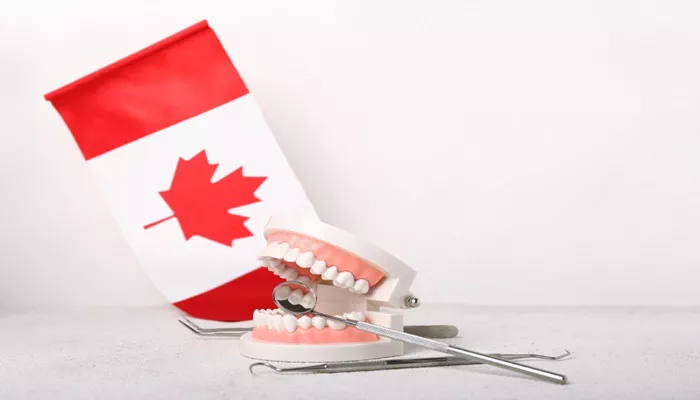OTTAWA — Despite widespread belief, Canada’s new dental care subsidy under the Canadian Dental Care Plan (CDCP) does not mean dental treatment is entirely free, government staff have confirmed.
Officials managing the CDCP explained that patients must first meet specific eligibility criteria before receiving any subsidized dental care. Once approved, individuals are issued a “Determination Letter”, after which Sun Life Canada, the program’s insurance partner, sends out a membership card. This card contains the individual’s name and an 11-digit identification number.
No Card, No Subsidy
Patients must present this membership card before receiving dental treatment in order to benefit from the program. The CDCP system does not allow retroactive reimbursement. If a patient receives care before showing their card, they are responsible for the full cost out of pocket.
The “100% Subsidy” Is Based on a Standard Rate
While the plan advertises a “100% subsidy”, this percentage is based on standardized rates set by Sun Life Canada—not the clinic’s actual fees.
For example, if a dental procedure costs $150, but the Sun Life standard rate is only $110, then even with 100% coverage, the government pays just the $110. The patient must pay the remaining $40 out of pocket.
This means the federal subsidy only covers the predetermined amount, and any cost exceeding this benchmark cannot be reimbursed.
Clinics Usually Bill Directly
Most dental clinics participating in the program submit claims directly to Sun Life, so patients do not need to pay the full cost upfront. Instead, they are only responsible for the difference between the actual charge and the subsidy, which is usually paid on the day of the appointment.
Participating clinics can use the patient’s membership card to check which services are covered. They will also inform patients in advance about any out-of-pocket costs, based on the official rate chart.

